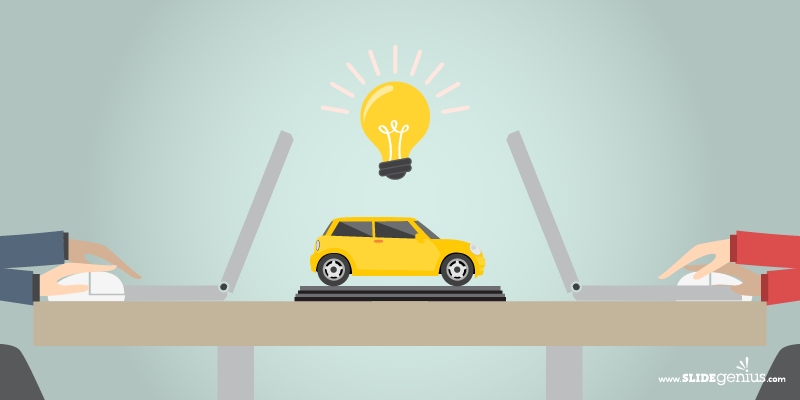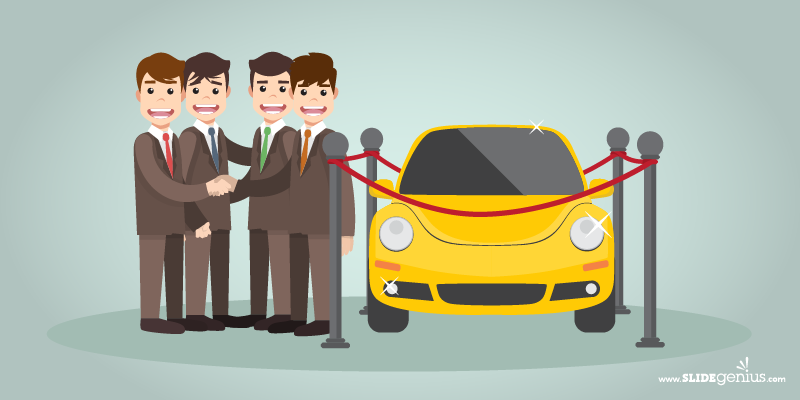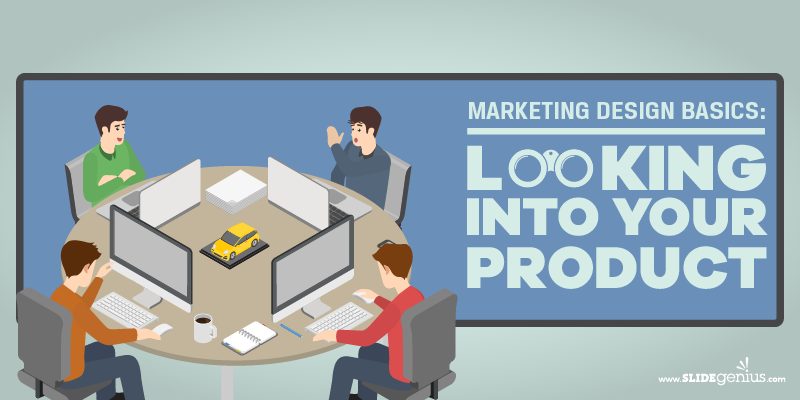During the marketing-planning phase of a company, one question is always presented: “Product- or customer-centric?” Of course, that’s easy to answer when your company is rooted and an expert in customer-centric marketing, and vice versa.
While not delving too much into the difference of the two, let’s be clear with one matter: Whatever the inclination of your company is, come planning time, your product will ultimately be the one taking the stage since, between it and the customers, it’s what you have more control over. In that respect, designing your campaign around the product itself—or around how customers will gauge if they will buy your offer—is the crux of your marketing strategy.
But what insights can you glean from your product? You know it from front to back and side to side. Turns out you only need to look at it with a different mindset.

Inspiration from Hardware
Drawing creative juices from staring at your product may seem like a futile effort, but look at it from a new perspective, and you will see things that weren’t as obvious before. You start imagining how to do this and execute that through your product design. In short, imaginative resourcefulness.
That’s the beauty of revolving your campaign around your product. Everything you do will ultimately build up your product to your audience and make them want it.
Obvious Derivations
If you designed your product to be something new and unique, then the whole campaign practically writes itself. For example, if you made something that was meant to be the only player in the industry, then use that fact to your advantage everywhere you advertise. Take Nokia, the Finnish company that introduced the concept of user-friendly cell phones in what used to be a world where mobile phones were exclusive to those who could afford it.
TV Ads from Looks
This, by default, is the easiest to do, since you’re out to prove the capabilities of your product to potential customers in a traditional medium. There are a multitude of good ones regarding this, like Old Spice and its highly masculine approach (calling to mind that muscular men will choose the brand) and different car ads by Ford, Hyundai, and Mercedes Benz that practically scream how they perform on the road.

Social Media Promotions
Using social media to spread good news about your product is always a brilliant idea. Ever wondered why companies use hashtags? It’s a good way for them to index statuses and posts and sift through the whole collection. Ideally, you use all the big names in social media in perfect conjunction, like what Coca-Cola did with their “Share a Coke” campaign: used every facet of Facebook, Twitter, and Instagram to their advantage and spread the word about their product.
Packaging
Think of this as the last step of your production before you launch the product to your potential buyers. You don’t deliver it to them as is; you must box, wrap, foam, seal, or whatever else it needs. No matter the method, putting a little twist in your packaging can show: 1) how you got everything from your product, 2) how you planned everything because of the design of your product, 3) how creative you can be, and 4) how you value your customers’ experience when they make the purchase.
Here are a few examples.
Edge Over Competitors
Good design and functionality means a pleasant experience. If you know your design is better than your competitors’, and the people agree, you increase your chances of being the pick. As a case study, look at Apple when they released the 1st generation iPod back in 2001. MP3 players were all the rage back then, but the company revolutionized how portable music devices ought to work. Now, it’s hard to come by a person who doesn’t think of Apple whenever someone says, “music player.”

End of the (Production) Line
When you’re ready to present your campaign—after you’ve ironed out all the intricate details—you follow the plan to the letter, being flexible whenever necessary. This is where things become conditional: you’ve done your best to adjust accordingly and did everything you can to prevent all unforeseen and/or uncontrollable circumstances. Still, things can become very unpredictable.
But if your branding is as solid and as concrete as you think, and your loyal customers are unwavering, then you have a good chance of pulling through. In the end, it’s not just about your new product or your foothold in the industry; it’s also about the eventual intersection of your customers and your product. When they’re happy with your current release, they expect the next one to be better. Challenge accepted?
Resources:
Bhasin, Hitesh. “What Is Product Design and Its Importance in Marketing.” Marketing91. January 20, 2017. www.marketing91.com/product-design
Jaiswal, Sonal. “Differences Between Customer Centric and Product Centric Companies.” Customer Guru. n.d. www.customerguru.in/differences-between-customer-centric-and-product-centric-companies/#
Jordan, Caitlin. “50 Insanely Creative and Stunning Packaging Designs.” Canva. June 30, 2015. designschool.canva.com/blog/packaging-design
Moré, María Elena. “The Importance of Product Design and Packaging in Branding.” More than Branding. December 14, 2010. www.morethanbranding.com/2010/12/14/product-design-and-packaging
Scott, Damian. “The 50 Best Car Commercials of All Time.” Complex. May 16, 2011. www.complex.com/sports/2011/05/the-50-best-car-commercials-of-all-time/mercedes-benz-the-beast
Van Tyne, Sean and Jessyca Wallace Frederick. “Product Design: Bridging the Gap Between Product Management & Development.” Pragmatic Marketing. June 20, 2007. www.pragmaticmarketing.com/resources/product-design-bridging-the-gap-between-product-management-development
Rick Enrico is the CEO and Founder of SlideGenius, Inc., a global presentation design agency. He regularly publishes expert presentation tips on the SlideGenius blog. He currently oversees an experienced team of designers, software developers, and marketing professionals that specialize in creating custom corporate presentations and cloud publishing applications.









